
Website design and development is a dynamic process that involves creating a digital presence for businesses or individuals on the Internet. It encompasses both the aesthetic aspects, such as layout, color schemes, and typography, as well as the technical elements, like coding, functionality, and user experience. A well-designed website not only captures attention but also ensures seamless navigation, providing visitors with a user-friendly interface. Responsive design, which adapts to various screen sizes, is crucial in an era dominated by diverse devices.
Additionally, optimizing for search engines optimization (SEO) is integral for visibility and reach. From static informational sites to dynamic e-commerce platforms, the possibilities are vast. This creative fusion of art and technology ultimately crafts a virtual space that represents an entity’s identity and delivers its message effectively to a global audience.
Custom Website Design and Development:
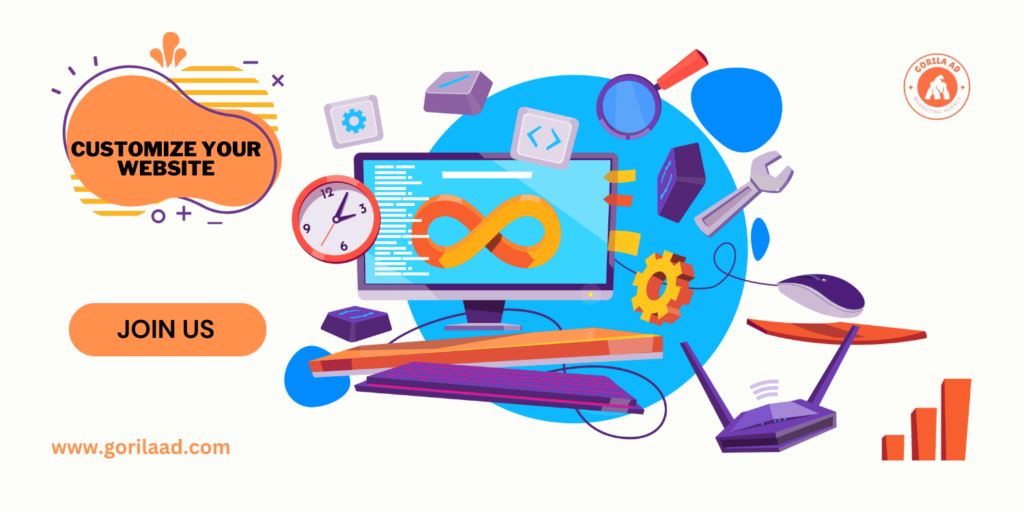
Custom website design refers to the process of creating a unique and tailored online presence for a business or individual. Unlike using pre-made templates, custom design involves a meticulous approach where every element is crafted to suit the specific needs, brand identity, and functionality requirements of the client. This encompasses personalized layouts, color schemes, fonts, and interactive features, ensuring a seamless user experience. By opting for custom website design, businesses can establish a distinctive online identity that not only captivates visitors but also reflects their brand values and objectives effectively. This approach empowers businesses to stand out in a crowded digital landscape, leaving a lasting impression on their audience.
Why Your Business Needs A Custom Website Design:

A custom website design is vital for your business for several reasons:
- It offers a unique online presence, setting you apart from competitors using generic templates and building brand recognition.
- It’s tailored to your target audience, ensuring a seamless user experience.
- It allows for adaptability to evolving business needs and technology.
- It integrates specialized features for your industry, aids in SEO, and boosts visibility.
Ultimately, a custom website establishes credibility and trust, driving conversions and business growth.
Why Custom Website Design and Development is the Best Option for Your Brand:
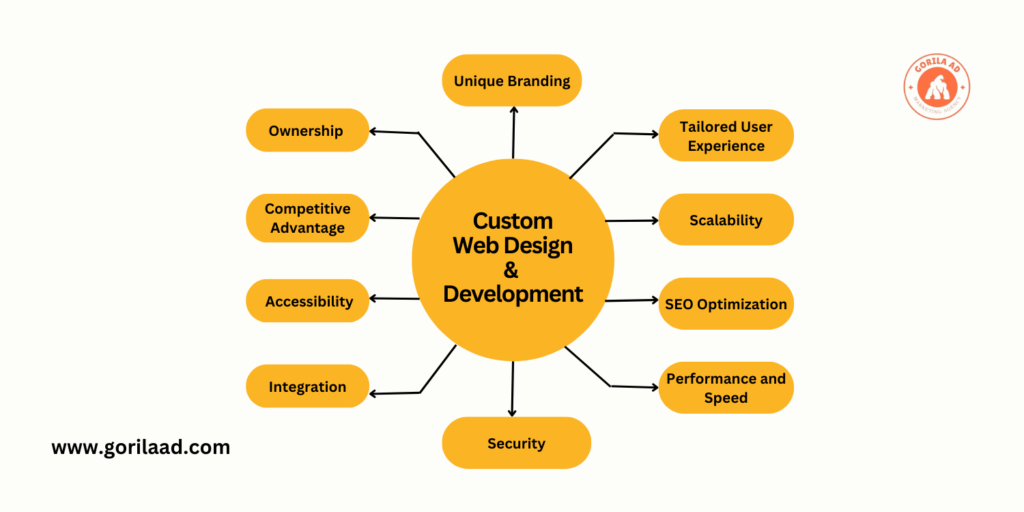
Custom website design and development stands out as the optimal choice for your brand for a multitude of reasons:
- It grants you complete control over the look, feel, and functionality of your website. This means you can align every element with your brand’s unique identity and vision.
- Custom development ensures that your website is tailored to your specific audience, offering a seamless and engaging user experience. This personalized touch fosters a deeper connection with your visitors.
- It allows for scalability and adaptability, enabling your website to grow alongside your brand’s evolving needs.
Moreover, custom development enables the integration of specialized features and functionalities that cater to your industry’s specific requirements. It also boosts SEO, enhancing your brand’s visibility and search engine rankings. Ultimately, a custom website design and development approach reinforces your brand’s credibility and trustworthiness, leading to increased conversions and sustained business growth.
There are several methods of website designing:
There are several methods and approaches to website designing, each tailored to different needs and preferences. Here are some of the most common methods:

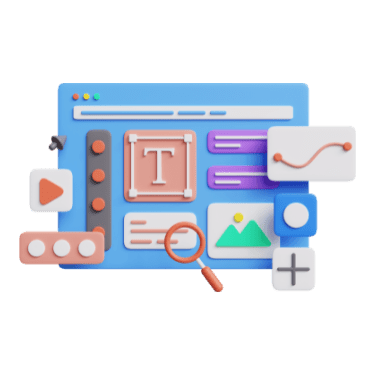
Static Website Design:
This method involves creating a website with fixed content that does not change unless manually updated by a developer. It’s suitable for small businesses or individuals who don’t require frequent updates.
Dynamic Website Design:
Unlike static websites, dynamic websites are interactive and can change content based on user input or data from a database. They’re commonly used for e-commerce platforms, social media sites, and forums.


E-commerce Website Design:
This method focuses on creating online stores with features like product listings, shopping carts, payment gateways, and order management systems. Platforms like Shopify and WooCommerce are commonly used for e-commerce design.
Mobile-First Design:
With the increasing use of mobile devices, this method involves designing the mobile version of a website first and then scaling up to larger screens. It prioritizes mobile user experience and ensures fast loading times on smaller devices.
Choosing the correct method depends on the goals, content, and target audience of the website. Designers often use a combination of these methods to create a customized and effective web presence.
Your website serves as the most prominent and invaluable sales representative for your brand:
In today’s digital age, a well-designed and user-friendly website plays a pivotal role in representing your brand. It serves as the primary interface through which potential customers interact with your products or services. A compelling website not only showcases your offering but also conveys your brand’s identity, values, and credibility. It acts as a 24/7 salesperson, reaching a global audience and providing valuable information, ultimately driving conversions and fostering customer loyalty. Therefore, investing in a dynamic and effective website is essential for any business looking to thrive in the online marketplace. Website design and development services encompass a wide range of offerings aimed at creating and maintaining a compelling online presence. These services include
Custom Website Design:
Tailored to specific brand identities and goals; custom designs ensure a unique and memorable online experience for visitors.
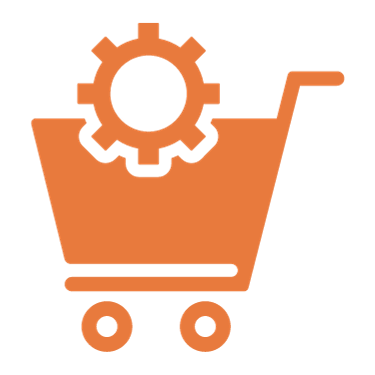
E-commerce Development:
Creating online stores with features like product listings, shopping carts, secure payment gateways, and inventory management.

Content Management Systems (CMS) :
Implementing platforms like WordPress, Joomla, or Drupal for easy content creation, management, and updates.

User Experience (UX) and User Interface (UI) Design:
Focusing on intuitive navigation, visual appeal, and interactive elements to enhance user satisfaction and engagement.

Search Engine Optimization (SEO):
Optimizing websites to rank higher in search engine results, increasing visibility and driving organic traffic.
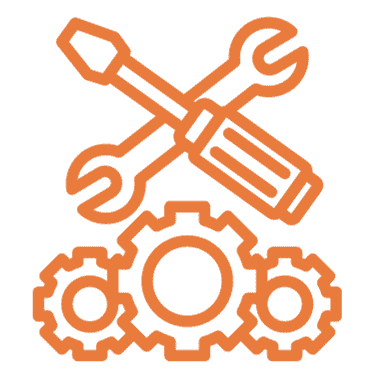
Website Maintenance and Support:
Regularly updating content, ensuring security, and addressing technical issues to keep the website running smoothly.

Performance Optimization:
Enhancing website speed, responsiveness, and overall performance for a better user experience.
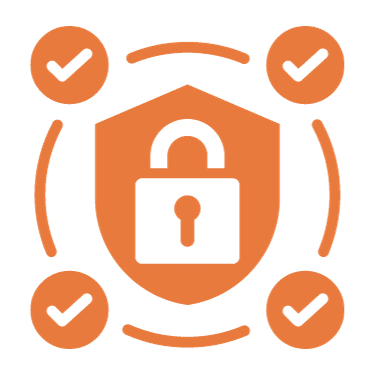
Security Measures:
Implementing measures to protect against cyber threats, ensuring data integrity and user privacy.
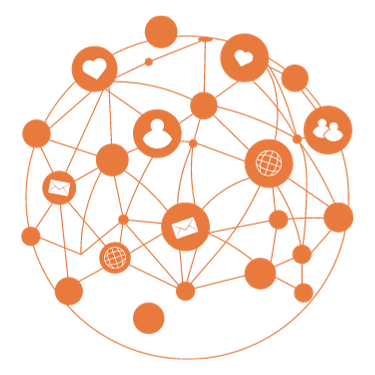
Social Media Integration:
Seamlessly integrating social media platforms to enhance brand visibility and facilitate user interaction.

Analytics and Reporting:
Setting up tools to track website traffic, user behavior, and conversions, providing valuable insights for optimization.
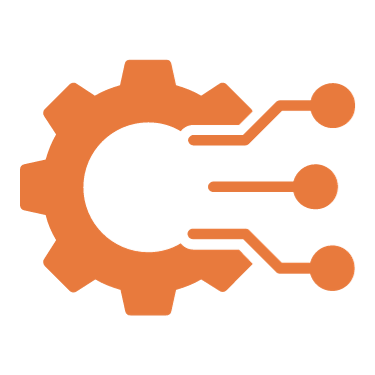
Graphic Design and Multimedia Integration:
Incorporating visual elements, images, videos, and interactive media to enhance the overall user experience.

Domain Registration and Hosting:
Assisting with the selection, registration, and management of domain names, as well as providing reliable hosting services.
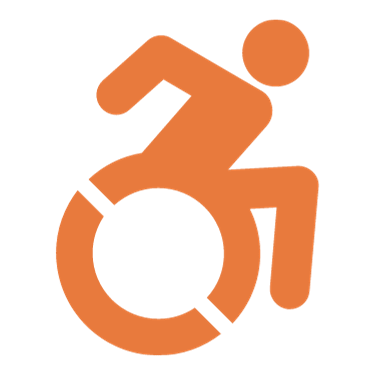
Compliance and Accessibility:
Ensuring websites adhere to industry standards, legal requirements, and accessibility guidelines for inclusivity.
These services collectively work to create a functional, visually appealing, and user-friendly website that effectively represents a brand, engages visitors, and achieves business objectives.
FAQ
1. What’s the difference between website design and development?
Web design primarily focuses on a website’s visual and user interface aspects, including layout, colors, typography, and graphics. Web development, on the other hand, involves coding and programming to make the design functional, adding features and interactivity.
2. Why is responsive design important?
Responsive design ensures that a website adapts to different screen sizes and devices, providing an optimal user experience. It’s crucial in a mobile-centric world, as it can improve user engagement and search engine rankings.
3. What is a content management system (CMS)?
A CMS is a software application that enables easy website content management, allowing users to update, edit, and add content without extensive technical knowledge. Common CMS platforms include WordPress, Joomla, and Drupal.
4. What is SEO, and why is it essential for a website?
SEO (Search Engine Optimization) is the practice of optimizing a website to improve its visibility in search engine results. It’s important because it can increase organic traffic, reach, and user engagement.
5. What are the latest website design and development trends?
Website design and development trends evolve continually. Some current trends include dark mode, minimalist design, micro-interactions, and the use of AI and chatbots for enhanced user experiences.
6. What’s the importance of user testing in website development?
User testing helps identify usability issues, gather feedback, and ensure that the website meets the needs and expectations of its target audience. It can lead to improved user experiences and conversions.
